The popularity of WordPress as a content management system (CMS) has soared in recent years, making it one of the most widely used platforms for creating and managing websites. One of the key reasons for its popularity lies in its ability to customize the look and feel of a website using different themes. WordPress themes allow users to easily change the appearance of their website with just a few clicks, making it an incredibly desirable feature for website owners. If you’re new to WordPress and want to learn how to install themes successfully, this step-by-step guide will provide you with all the necessary instructions to get started.
The process of installing WordPress themes might sound intimidating to beginners, but with the right guidance, it can be a straightforward and hassle-free task. In this comprehensive guide, we will walk you through the entire process, starting from selecting and downloading a theme to completing the installation on your WordPress site. We will cover various methods for installing WordPress themes, including using the official WordPress theme directory, uploading a theme from your computer, and using third-party theme marketplaces. By the end of this guide, you will have the knowledge and confidence to leverage the power of WordPress themes and create a visually stunning and unique website that aligns with your vision.
Understanding WordPress Themes: An Overview
Choosing the Right WordPress Theme for Your Website
Step-by-Step Guide to Installing WordPress Themes
Optimizing and Customizing Your WordPress Theme
Recommended WordPress Themes and Plugins for Different Website Types
Understanding WordPress Themes: An Overview
Understanding WordPress Themes: An Overview
WordPress has become one of the most popular content management systems for building websites, and one of its key features is its versatility in terms of design and customization. This is primarily achieved through the use of WordPress themes. In this section, we will provide you with an in-depth overview of WordPress themes, their significance, and how they contribute to the overall appearance and functionality of your website.
To begin with, a WordPress theme is essentially a collection of files that work together to create the visual design and layout of your website. It provides the foundation for your website’s appearance and helps determine how your content is presented to your website visitors. Essentially, a theme acts as a template that controls the visual aspects of your site while allowing you to focus on creating and managing the content.
Themes play a crucial role in defining the look and feel of your website. They consist of various elements such as the layout, color scheme, typography, and overall design aesthetics. From a professional perspective, themes allow you to create a visually appealing and cohesive online presence that aligns with your brand and business objectives.
WordPress offers a wide range of themes, both free and premium, catering to different industries, website types, and design preferences. Free themes provide a good starting point for beginners, while premium themes offer advanced customization options and additional features. The availability of numerous themes allows you to choose the one that best suits your requirements and brand identity.
Themes can be easily installed and activated directly from your WordPress dashboard without any coding or technical skills, making them accessible to users of all levels. Once activated, your chosen theme serves as the framework for your website, providing pre-set templates and layouts that you can customize using various WordPress customization options.
It is important to note that selecting the right WordPress theme goes beyond its visual appeal. Themes should also be chosen based on their compatibility with the latest version of WordPress, their responsiveness, and their performance optimization features. These factors ensure that your website functions smoothly across different devices and platforms, offering an optimal user experience.
Additionally, themes can also affect your website’s speed and performance. Choosing a lightweight and well-coded theme can contribute to faster loading times, which is crucial for user satisfaction and search engine rankings.
Customizing your chosen theme allows you to maintain a consistent brand identity throughout your website. Most themes offer customization options such as logo upload, color scheme selection, font customization, and layout modification. These features empower you to tailor your website’s appearance to match your business needs and design preferences.
In conclusion, WordPress themes are vital components of your website that define its visual design and layout. They provide a flexible and customizable framework that allows you to create a unique online presence that represents your brand effectively. Choose a suitable theme based on its compatibility, responsiveness, and performance optimization features. Furthermore, take advantage of the theme customization options to maintain brand consistency and ensure an engaging user experience.
Choosing the Right WordPress Theme for Your Website
Choosing the Right WordPress Theme for Your Website
The design and appearance of your WordPress website play a crucial role in attracting and engaging visitors. The WordPress platform offers a vast array of themes that can help you create a visually appealing and functional site. However, with thousands of options available, it can be quite overwhelming to select the perfect theme for your website. In this section, we will guide you through the process of choosing the right WordPress theme for your website.
1. Identify Your Website’s Purpose and Goals
Before diving into the world of WordPress themes, it is essential to have a clear understanding of your website’s purpose and goals. Consider the nature of your website, whether it is a blog, an online store, a portfolio, or a corporate site. Having a clear vision in mind will allow you to select a theme that aligns with your objectives and caters to your target audience’s needs.
2. Determine the Style and Design
The visual appeal of your website is crucial to establishing a positive user experience. WordPress themes come in a variety of styles and designs. You need to consider the overall aesthetics, color schemes, typography, and layout options that best reflect your brand identity. A well-designed theme will enhance the professional appearance of your website and help you convey your message effectively.
3. Responsiveness and Mobile Optimization
In today’s digital age, a significant portion of web traffic comes from mobile devices. Therefore, it is vital to select a theme that is responsive and mobile-friendly. A responsive theme will automatically adapt to different screen sizes and ensure that your website looks and functions seamlessly on mobile devices, tablets, and desktops. This will enhance the user experience and improve your website’s visibility in search engine rankings.
4. Customization Options and Flexibility
While searching for a WordPress theme, it is essential to consider the level of customization options it provides. A good theme should offer multiple layout options, color schemes, font choices, and flexible customization settings. This will allow you to tailor the appearance of your website to suit your brand and style preferences. Additionally, it is beneficial to select a theme that supports popular page-builder plugins, enabling you to create unique and visually appealing layouts.
5. Plugin Compatibility
Plugins are essential tools that extend the functionality of your WordPress website. It is crucial to ensure that the theme you choose is compatible with popular plugins such as contact forms, SEO, social media integration, and e-commerce solutions. Compatibility ensures a seamless integration of these functionalities into your website, making it easier for you to manage and optimize your site’s features.
6. Performance and Loading Speed
Website performance is a critical factor in providing a positive user experience. Slow-loading websites often result in higher bounce rates and lower conversion rates. Therefore, it is essential to select a theme that is optimized for speed and performance. Look for themes that are lightweight, well-coded, and have built-in optimization features to ensure fast loading times.
In conclusion, choosing the right WordPress theme for your website requires careful consideration of various factors. By understanding your website’s purpose, determining the style and design that align with your brand identity, ensuring responsiveness and mobile optimization, considering customization options and flexibility, checking plugin compatibility, and prioritizing performance and loading speed, you can make an informed decision. Remember, selecting the right theme is a crucial step towards creating a visually appealing and functional website that effectively represents your brand online.
Step-by-Step Guide to Installing WordPress Themes
Step-by-Step Guide to Installing WordPress Themes
Installing a WordPress theme is an essential step in customizing your website’s appearance and functionality. With thousands of themes available, each offering unique designs and features, understanding how to install them is crucial. Whether you are a beginner or an experienced WordPress user, this step-by-step guide will walk you through the process of installing WordPress themes efficiently and effortlessly.
1. Selecting the Perfect Theme:
Before diving into the installation process, take some time to browse through the wide selection of WordPress themes available. Consider your website’s purpose, content, and target audience when choosing a theme. Look for a design that aligns with your vision and offers the necessary features to support your website’s goals.
2. Downloading the theme:
Once you have found the perfect WordPress theme, you will need to download the theme installation file onto your computer. Themes are typically downloaded in a compressed file format (zip) to ensure a smooth transfer to your WordPress site.
3. Accessing the Theme Upload Menu:
To upload the theme to your WordPress site, log in to your WordPress dashboard. Navigate to the “Appearance” menu on the left side of the screen and click on “Themes.” This will open the theme management page, where you can manage your currently installed themes and upload new ones.
4. Uploading the theme:
On the theme management page, click on the “Add New” button located at the top of the page. You will be redirected to a new page with various options for installing a theme. To upload your downloaded theme, click on the “Upload Theme” button.
5. Select the theme file:
Next, click on the “Choose File” button to select the theme file you downloaded earlier. Locate the file on your computer, select it, and click the “Open” button. Once you have selected the file, click “Install Now” to begin the upload process.
6. Activate the theme:
After the theme has been successfully uploaded, WordPress will validate and extract the theme files from the zip file. Once the process is complete, you will see a success message prompting you to activate the theme. Click on the “Activate” button to make the theme live on your website.
7. Theme Settings and Customization:
Depending on the WordPress theme you have installed, there may be additional customization options available. These options can usually be found under the “Appearance” or “Customize” menus in your WordPress dashboard. Explore these settings to personalize your theme further, such as customizing colors, fonts, layouts, and adding logos.
8. Preview and Publish:
Before making your new theme live, it is essential to preview it to ensure everything appears as intended. Use the theme preview option to view your website with the newly installed theme. Make any necessary adjustments or modifications until you are satisfied with the result. Once you are ready, click on the “Publish” button to make your new theme officially live on your website.
By following these steps, you can seamlessly install and activate WordPress themes, transforming the appearance and functionality of your website. Remember to choose a theme that best suits your website’s purpose and customize it to reflect your brand identity effectively. With a plethora of incredible themes at your disposal, take the time to explore the options and select the perfect design that aligns with your vision.
Optimizing and Customizing Your WordPress Theme
Optimizing and Customizing Your WordPress Theme
Once you have installed a WordPress theme, the next step is to optimize and customize it to suit your specific needs. This section will guide you through the process of optimizing and customizing your WordPress theme, allowing you to create a unique and visually appealing website that stands out from the crowd.
1. Theme Options:
Many WordPress themes come with built-in theme options that allow you to customize various aspects of your website without touching a single line of code. These options typically include colors, fonts, page layouts, and more. Take the time to explore the theme options provided by your chosen WordPress theme and make adjustments that align with your branding and design preferences.
2. Customizing Site Identity:
Your website’s identity is crucial for building brand recognition and conveying a consistent message to your visitors. WordPress allows you to easily customize your site’s identity, including the site title, tagline, and logo. Navigate to the theme customization options and upload your site logo. Enter your site title and tagline, and select any additional options available, such as a site icon, background image, or custom header image.
3. Layout and Design:
Customizing the layout and design of your WordPress theme is integral to creating a user-friendly and visually appealing website. Most WordPress themes offer various layout options, such as full-width, boxed, or grid-based layouts. Select a layout that best suits your content and overall design aesthetic. Additionally, you can choose from a range of font styles, sizes, and colors to create consistent and visually pleasing typography throughout your website.
4. Widgets and Sidebars:
Widgets allow you to add additional functionality and content to your WordPress theme’s sidebar or footer areas. These can include recent posts, social media icons, search bars, and much more. Experiment with different widgets, arranging them according to your preference, and consider which ones will provide the most value to your website visitors.
5. Navigation Menu:
The navigation menu is a vital component of any website, enabling visitors to easily navigate through your content. WordPress enables you to customize your navigation menu by adding links to various pages, categories, and custom URLs. Ensure that your menu is well-organized, intuitive, and easy to navigate, allowing your visitors to find the information they need efficiently.
6. Plugins and Extensions:
Extend the functionality of your WordPress theme by incorporating various plugins and extensions. There are thousands of free and premium plugins available, offering features such as contact forms, image sliders, SEO optimization tools, and more. Research and select plugins that align with your website’s objectives and add value to your users’ experience.
7. Responsiveness and Mobile Optimization:
In today’s mobile-driven world, it is essential to ensure that your WordPress theme is responsive and optimized for mobile devices. Test your website across different devices and screen sizes to ensure that it resizes and adapts appropriately. If your chosen theme is not responsive, consider installing a mobile optimization plugin or switching to a mobile-friendly theme.
In conclusion, optimization and customization are key to creating a unique and personalized WordPress website. By exploring the theme options, customizing your site identity, selecting a suitable layout, utilizing widgets and sidebars, optimizing the navigation menu, incorporating plugins, and ensuring mobile responsiveness, you can create a visually appealing and functional website that meets your specific needs and engages your audience. Take the time to experiment, test, and refine your customization choices to achieve the desired results and make your WordPress theme truly your own.
Recommended WordPress Themes and Plugins for Different Website Types
Recommended WordPress Themes and Plugins for Different Website Types
Choosing the right WordPress theme and plugins is crucial for creating a professional and functional website. With the abundance of options available, it can be overwhelming to find the perfect match for your specific website type. In this section, we will guide you through the recommended WordPress themes and plugins for different website types, ensuring that your website’s design and functionality meet your specific needs.
1. E-commerce Websites
For online stores or e-commerce websites, it is vital to have a theme that focuses on product showcasing and sales. WooCommerce is a widely popular plugin for creating and managing e-commerce websites. Themes like Divi, Storefront, or Flatsome provide excellent compatibility with WooCommerce and offer various customization options to suit your branding.
2. Blogging Websites
For blogging websites, themes emphasizing readability and ease of navigation are essential. Themes like Soledad, Astra, or Baskerville are popular choices among bloggers, thanks to their minimalist designs and typography options. Additionally, plugins like Yoast SEO help enhance your website’s visibility in search engine results, while Contact Form 7 enables easy communication with your readers.
3. Portfolio Websites
Portfolio websites thrive on showcasing your work, so it’s crucial to choose a theme that allows your visuals to take center stage. Themes like Oshine, Uncode, or Kalium offer customizable layouts, parallax effects, and interactive features that enable you to highlight your projects effectively. Plugins like Envira Gallery or Essential Grid provide advanced options for displaying your images or videos in stunning galleries.
4. Corporate Websites
For corporate websites, a clean and professional design that showcases your brand identity is key. Themes like Avada, Jupiter, or Corporate are popular choices due to their versatile layouts, customizable options, and integration with essential corporate plugins like Visual Composer or Slider Revolution. Additional plugins like WPForms or Google Analytics offer seamless communication and data tracking to enhance your website’s performance.
5. News and magazine websites
News and magazine websites require themes that support content-heavy layouts and foster easy navigation for readers. Themes like Newspaper, Genesis, or Sahifa excel at offering various customization options, mobile responsiveness, and integration with news-related plugins like WPML for multilingual content or AdSense for efficient ad management. Plugins like CoSchedule or Edit Flow assist in creating editorial calendars and managing your content production effectively.
6. Non-Profit Websites
Non-profit organizations benefit from themes that convey their message and inspire action. Themes like Charity WP, Benevolence, or Outreach offer features like donation integration, event management, and volunteer registration. Additionally, plugins like GiveWP or Charitable allow easy fundraising and donation management, while Newsletter or MailChimp assist in building reliable email communication with your supporters.
7. Photography Websites
Photography websites require themes that focus on visually showcasing your images in high resolution. Themes like Photocrati, Phoxy, or LENS offer full-screen gallery options, album management, and social media integration. Plugins like NextGEN Gallery or Smush optimize your images for faster loading times, while Envira Gallery offers advanced gallery management features.
By considering the specific requirements of your website type, selecting an appropriate WordPress theme and plugins can significantly enhance the overall visitor experience and functionality. Remember to take into account the design, customization options, and integration capabilities to create a website that perfectly aligns with your goals. With the right combination of WordPress themes and plugins, your website can become a powerful tool for achieving your online objectives.
In conclusion, mastering the art of installing WordPress themes is an essential skill for anyone looking to create a visually engaging and user-friendly website. By following the step-by-step guide provided above, you can confidently navigate the process and unlock a world of design possibilities. Remember, choosing a theme that aligns with your brand and objectives, as well as regularly updating and customizing it, will ensure your website remains fresh and appealing to your audience. So, dive into the intricacies of WordPress theme installation, explore the vast array of options available, and unleash your creativity to create a truly remarkable online presence.

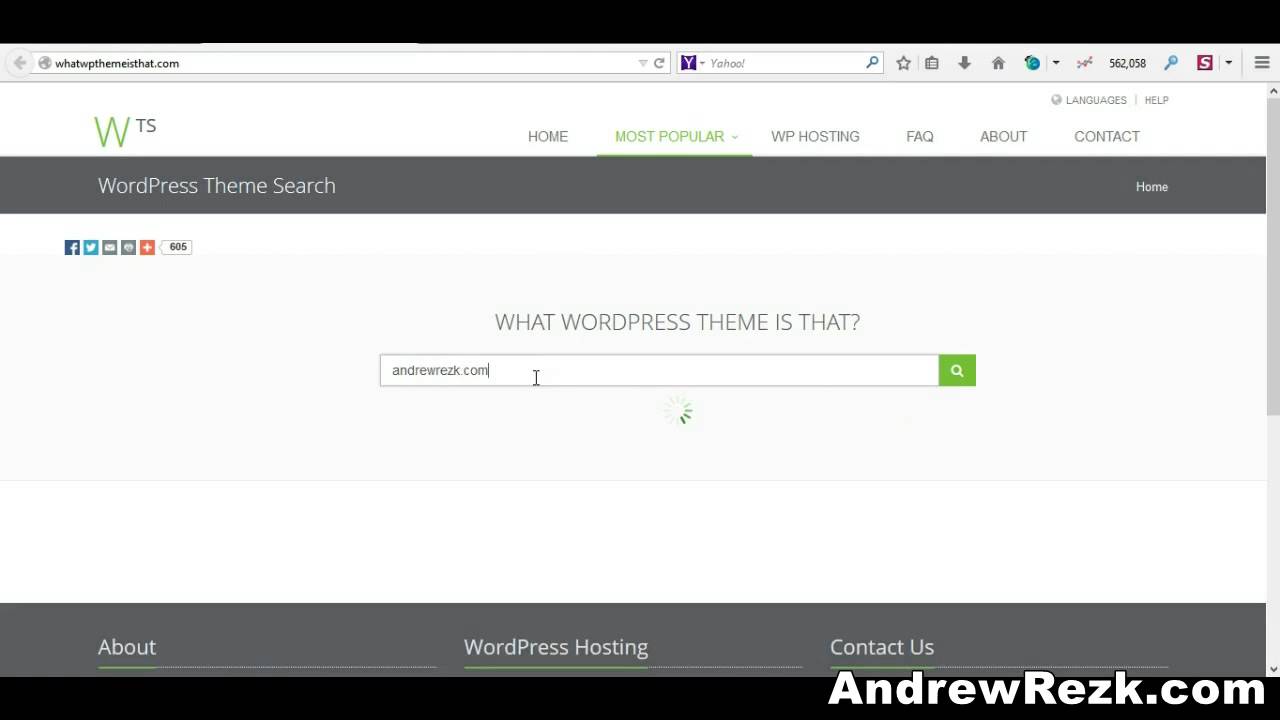
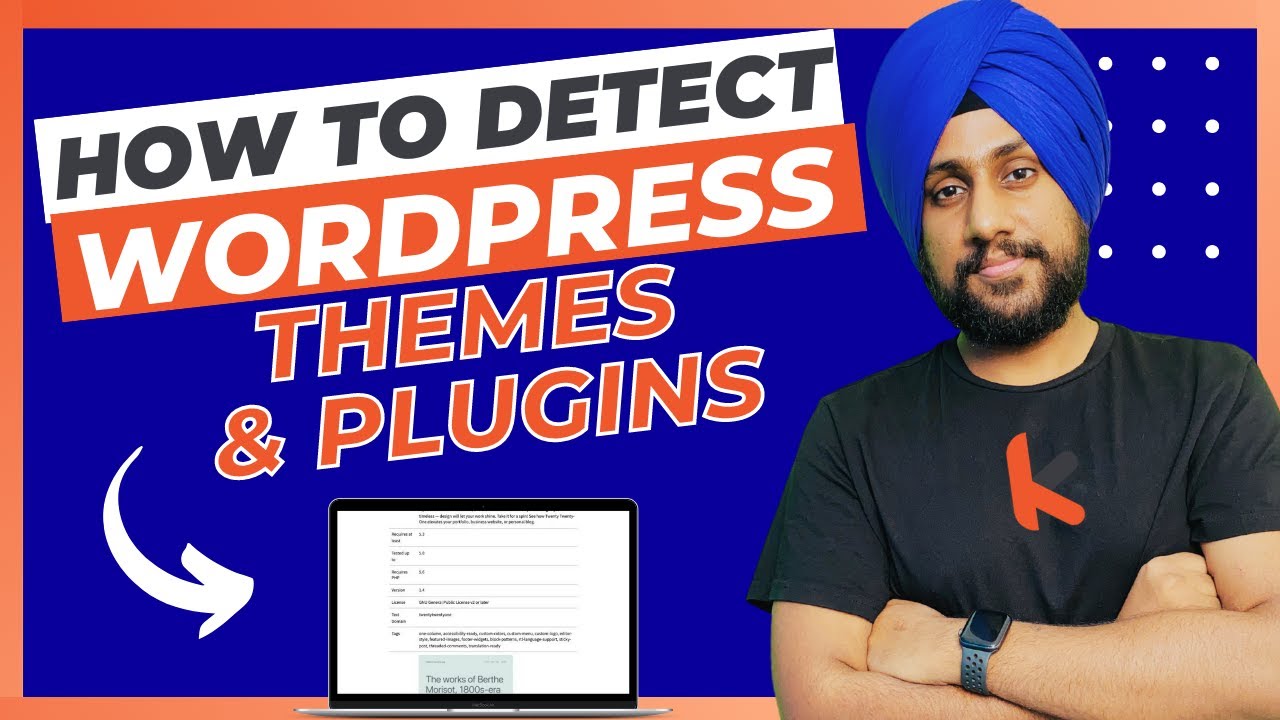


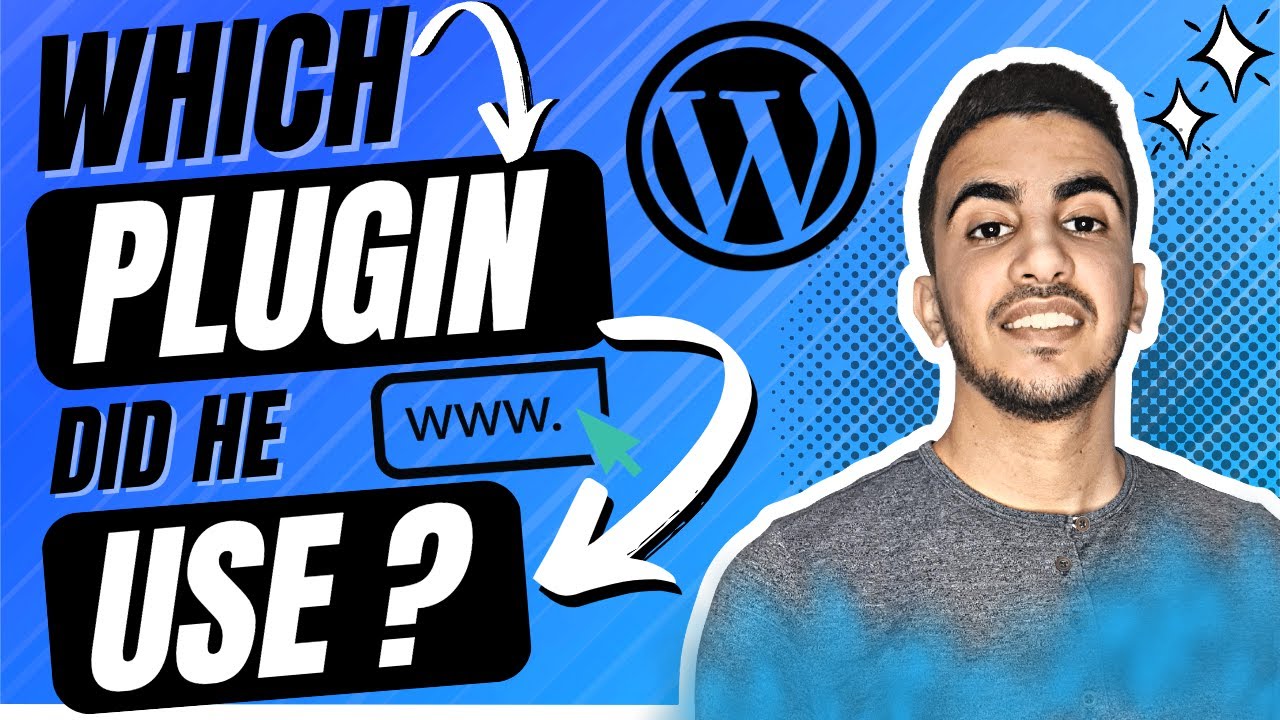
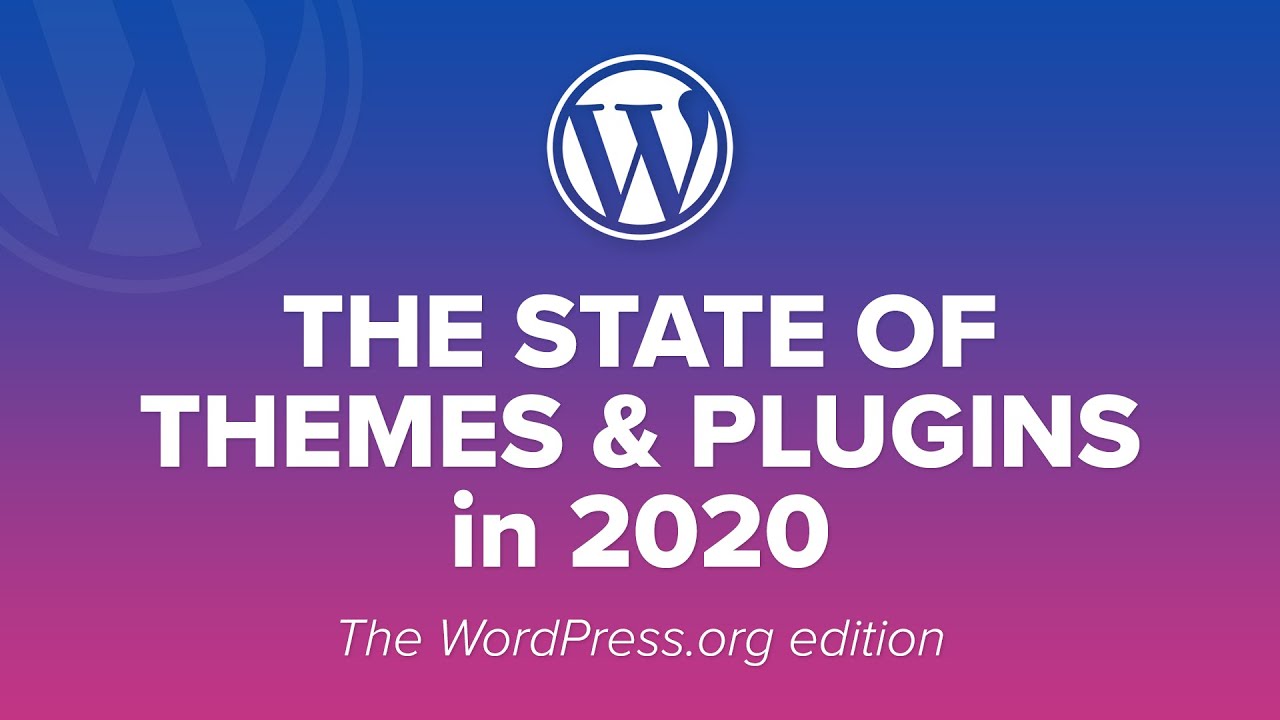

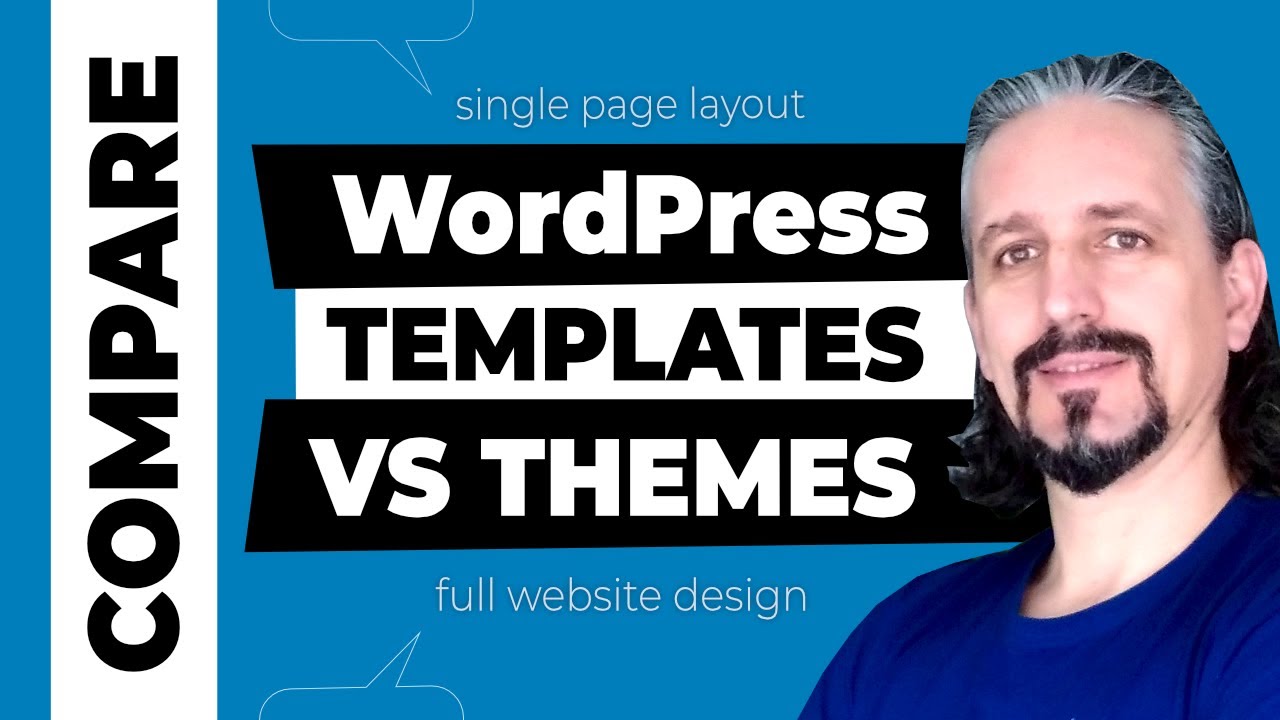











4 thoughts on “Learn to Install WordPress Themes: A Step-by-Step Guide”